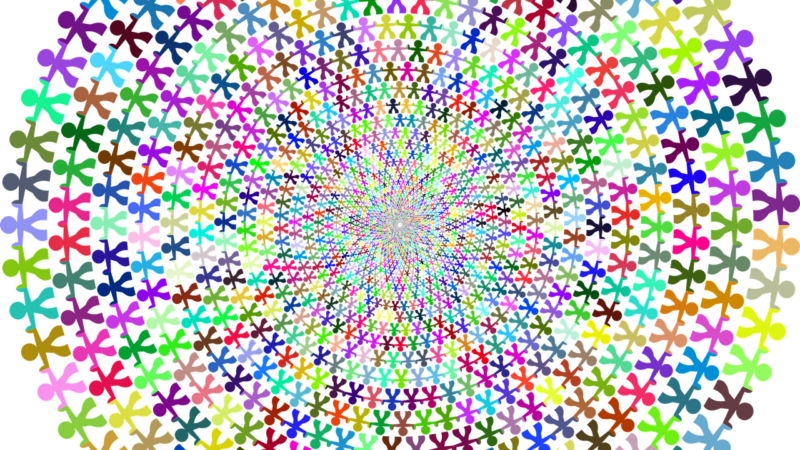

“No individual can exist without individual relationships, and that is how the foundation of your church is laid.”
These haunting and challenging words come from Jung’s Black Books, his research journals stretching over nineteen years of his life. The fabled Red Book (Liber Novus) is an excerpt from them with art and commentary added. The Black Books offer the raw material.
In “Journey into the World of Soul,” my multi-session Jung Platform class on these remarkable testimonies, we watch Jung encounter a large cast of imaginal figures who confront, criticize, enlighten, and support him during his induced states of reveries. Jung referred to such experimental forays into the psyche as “active imagination,” a daylight counterpart to dreams.
These imaginal characters taught Jung about their psychic reality. They can’t be measured or pinned down, but they possess their own values, perspectives, and ideas. They insist on them, protesting when Jung tried to reduce them to formulae. And they can tell us about important inner matters we do not yet understand or have not come to terms with. Jung would not have been surprised to learn about surveys in 2014 and 2018 in which more than 60% of fiction writers admitted to speaking with “their” characters. Around the same number considered these characters to be autonomous.
Religious imagery had filled Jung’s dreams since childhood, and as the son of a pastor, he saw plenty of it during the day as well. These images intensified during Jung’s internal sojourns, and he worried when they started to whisper encouragements about building an “invisible church.” A “sunken” church that could house the imaginals as well as those walking around in flesh and blood.
Jung got so worried that he replied: No! I will not become a sect leader.
“The beautiful and natural will nestle and show ways,” the whispers replied. “The church is something natural as well.” It was to be built not from dogmas, creeds, or authorities, but out of relationships, dreams, and internal ceremonies for “a community of spirits.”
When I reread these parts of the Black Books, I wonder if Jung’s cast of characters anticipated the rise of what the news media call “Nones,” a group of “spiritual but not religious” people with some atheists and agnostics mixed in. People for whom traditional, formal religion no longer works psychologically.
Religion itself seems called into question, which also means called into transformation. What will the religion of the near future be like? Perhaps hints of it appear already in Jung’s Black Books. Perhaps it is already being built all around us, awakening, but, for now, mostly invisible.
In the course Journey Into the World of Soul, Craig Chalquist offers a guided tour through the Black Books. You will learn basic Jungian concepts as well as Jung’s private thoughts on psychology, mythology, and key figures in his life and time. You will gain a deeper understanding of Jung’s journey. And how to apply these same methodologies and principles to your life today. Go here to learn more!

Craig Chalquist
Craig Chalquist, Ph.D. is a depth psychologist and storyteller with a background in Family Systems Therapy. He teaches at the California Institute of Integral Studies and at Pacifica Graduate Institute, where he was formerly the associate provost. He has also presented at various Jungian institutes and societies.
More Posts by Craig Chalquist